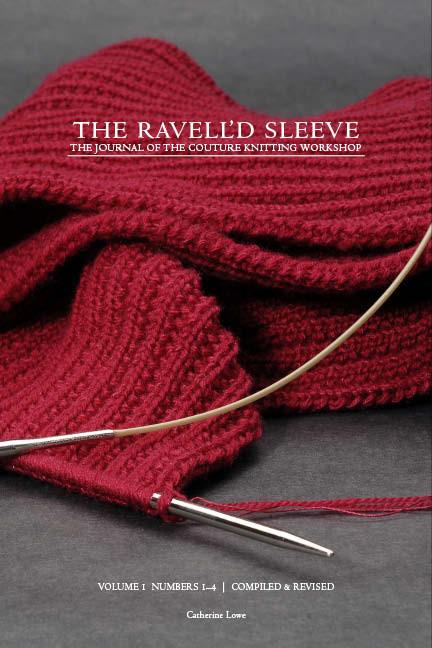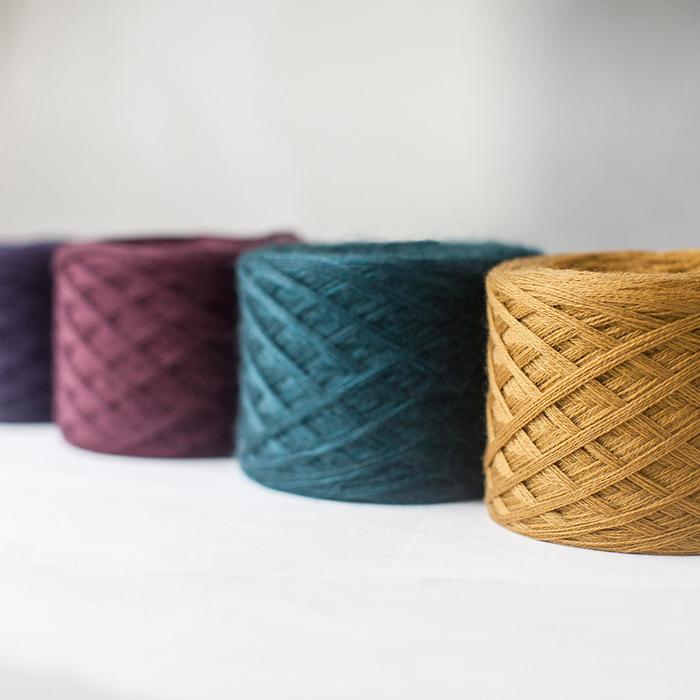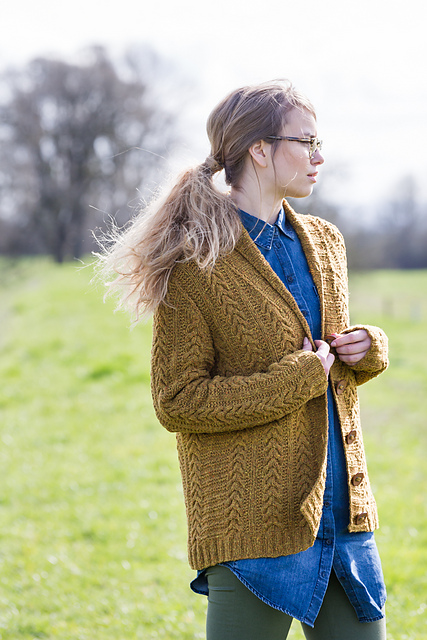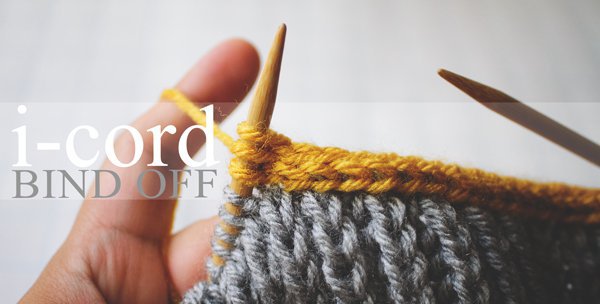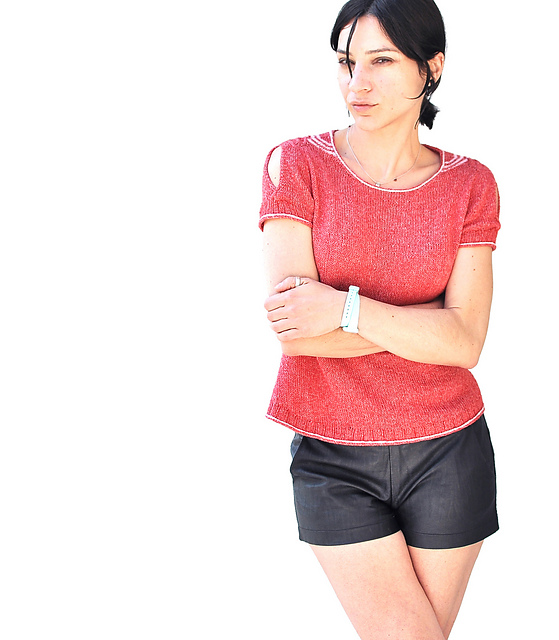Is Gauge Really That Important? →
We get this question multiple times a day at the local yarn shop I work at. The answer is always YES!!!
In reality, you can continue knitting scarves, shawls, and cowls by the seat of your pants without ever knitting a gauge swatch. But watch out! One day it will catch up with you--- I promise! --- and the gorgeous new cowl, sweater, or hat you just finished will be three sizes too big or three sizes too small.
Yes, there are times when I don’t knit a gauge for a scarf pattern but in the back of my mind I wonder if the scarf will end up looking like this…
When you’re knitting something that’s supposed to fit correctly, the right gauge is crucial. Knitting a gauge swatch will ALMOST always guarantee success. Sometimes you might have to knit multiple gauge swatches to get it right, but it’ll be worth it!
Here’s how it works -
Imagine that you knit up a 4 inch gauge swatch on US 7 needles according to your pattern and the swatch is ¼ an inch smaller than it should be. You decide to go ahead and knit your sweater with the US size 7 needles. Your sweater is going to be ¼ an inch smaller EVERY 4 inches in your finished garment. If your finished dimensions were supposed to be:
Bust circumference = 38 inches
Length shoulder to hem = 25 inches
According to your gauge swatch your finished dimensions would be 2 and ¼ inches smaller around the bust and 1.5 inches shorter in the length. After all that work, it may not fit!
Gauge also helps determine if a yarn substitution for a pattern will work. Instead of investing in a large purchase of yarn you can choose to purchase one ball, and knit the gauge swatch according to your pattern. When your gauge swatch is complete, examine it. Do you like the weight of the fabric? Are the stitches too open or too tight? Do you like the color or variation of the colors in the yarn? Once you are happy with your gauge swatch then go back to your yarn store and buy enough yarn to make your garment. But if you decide you don’t like the yarn you were substituting, no problem! You didn’t invest $100 or 100 hours knitting a sweater that you will never wear.
Knitting a gauge swatch also helps determine if you even want to knit the garment in the first place. Most gauge swatches are knit in the same stitches that will be used in the pattern. If your sweater is made up of moss stitch, then your gauge will be completed in moss stitch as well. If you don’t enjoy knitting the 4 inch gauge swatch, I guarantee that you won’t enjoy knitting the entire sweater! Another fast way for a $100 project to end up in a bag at the bottom of a closet.
Personally, I like take knitting gauge swatches one step further. I block my gauge swatches. Really. I know it sounds crazy, but here’s exactly what I do. When I finish my swatch, I cut the yarn and leave a 6 inch tail. In that tail I make as many knots as the needle size I used to knit the swatch. If I knit a swatch on a US 7 needle, I make 7 knots in my tail. This way I always know what size needle I used to make that swatch. This is really useful when knitting a couple of gauge swatches for the same sweater. Then I block the swatches. Some yarns grow a little and some yarns shrink a little when you block your final project. Once I knit a sweater that fit perfectly until I blocked it then the sweater was a little too big. All that time and money could have been saved and I could have one more sweater to wear had I just blocked my swatch. Here is a link to my blog on blocking.
One last thing - knitting gauges can actually be something that you look forward to doing. They are small so they don’t take long to knit and they are usually easy to knit so it’s great to do when you are watching tv.



